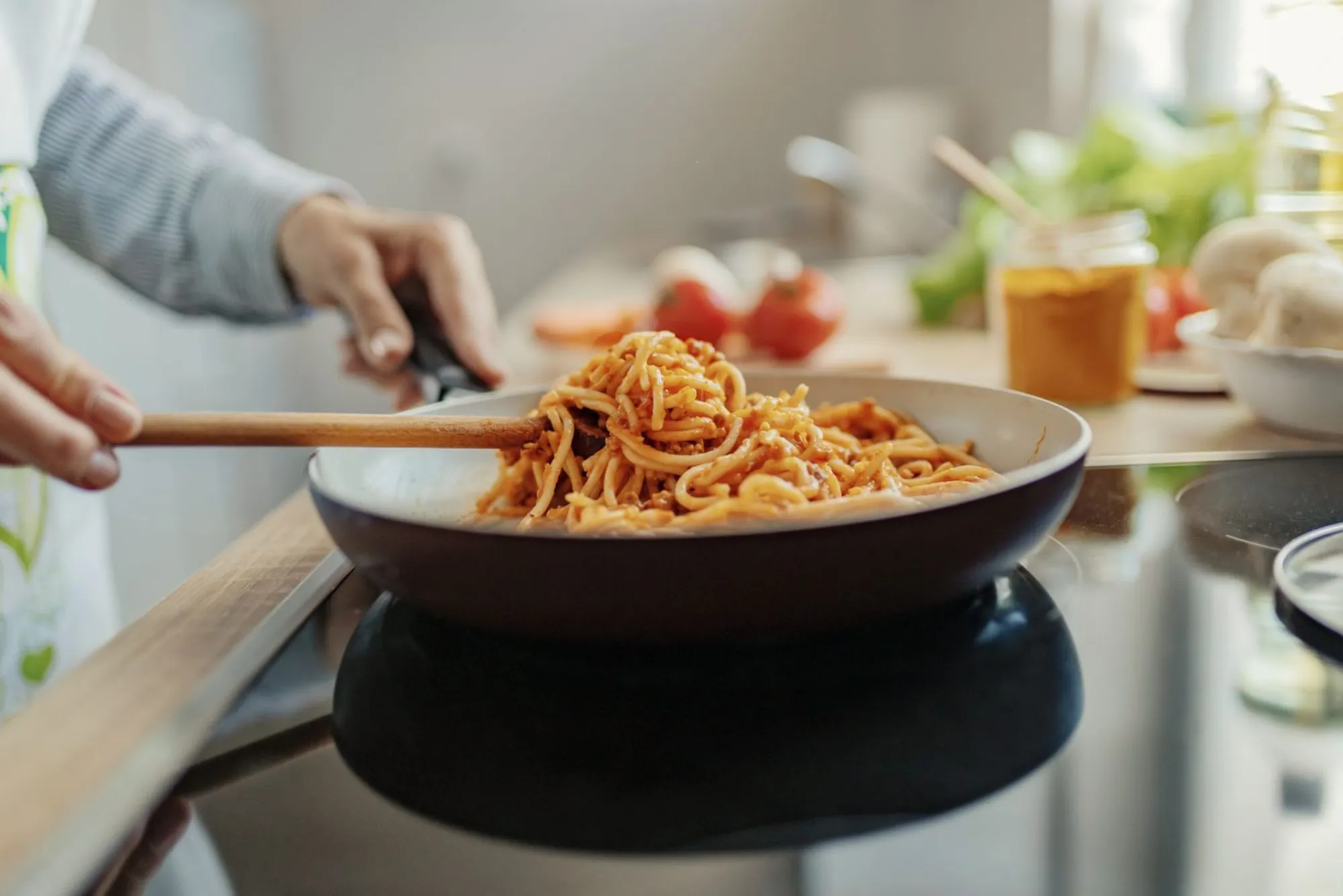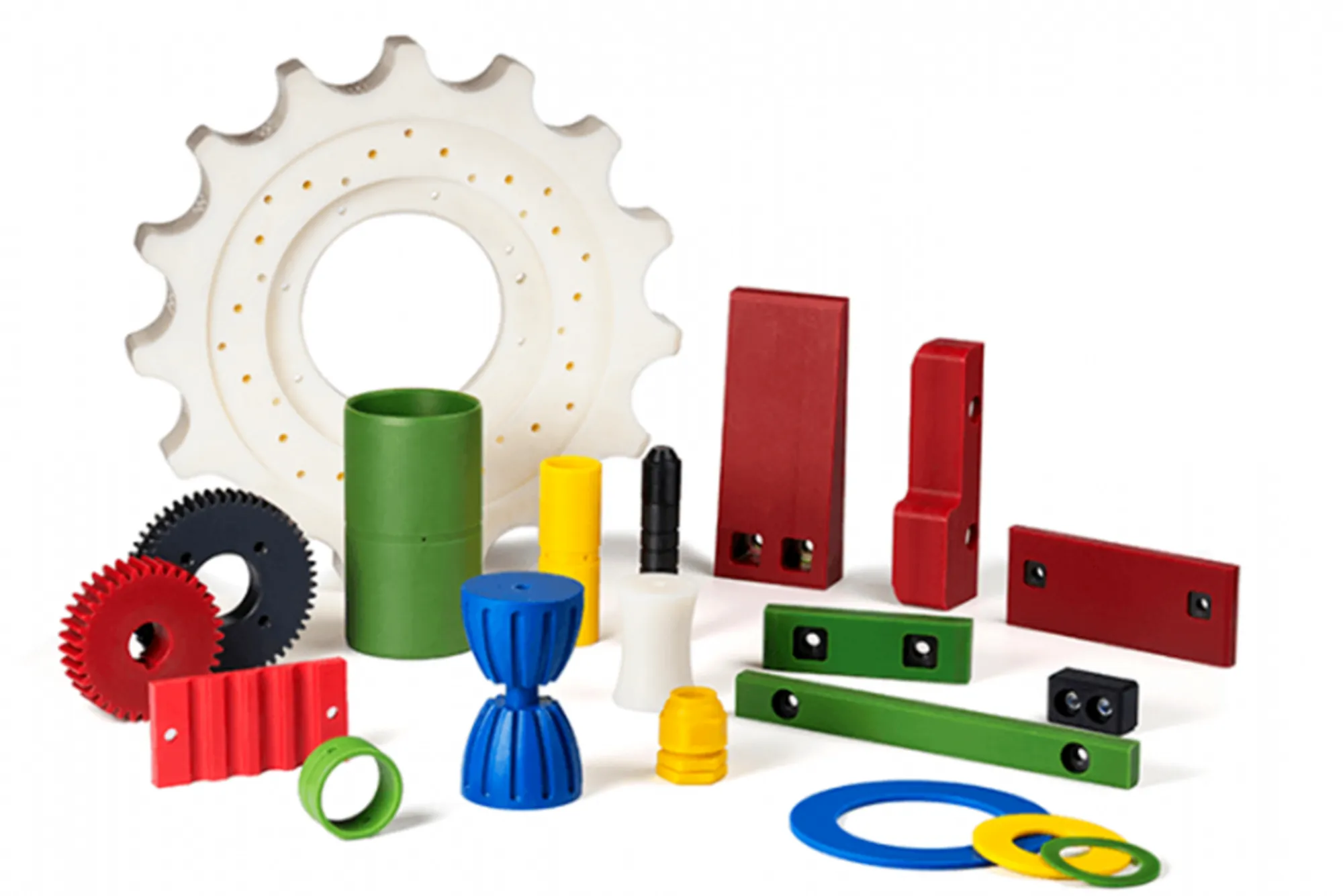Cooking pasta is a beloved tradition in many kitchens, but the task can sometimes be time-consuming. For those who are always on the go, the Instant Pot presents an intriguing alternative. This multi-functional appliance has become a favorite among home cooks for its ability to prepare meals quickly and efficiently.
The question on many minds, however, is whether the Instant Pot can be used to cook pasta. The answer is a resounding yes! In this article, we’ll dive into the process, benefits, and tips for cooking pasta in an Instant Pot, making it a seamless part of your culinary routine.
What is an Instant Pot?
Understanding the Versatility of the Instant Pot
The Instant Pot is more than just a pressure cooker; it’s a multi-cooker that can perform various functions such as sautéing, slow cooking, steaming, and even yogurt making. This versatility makes it an indispensable tool in the kitchen, particularly for those who appreciate the convenience of preparing meals in less time.
The Instant Pot operates by using steam pressure to cook food faster than traditional methods, without compromising on taste or texture. Its ability to maintain consistent temperatures and pressure levels ensures that your meals are cooked evenly, making it an ideal option for cooking a wide range of dishes, including pasta.
Why Cook Pasta in an Instant Pot?
Exploring the Benefits of Using an Instant Pot for Pasta
Cooking pasta in an Instant Pot offers several compelling advantages. One of the most significant benefits is the time saved during the cooking process. Traditional pasta preparation involves boiling water, cooking the pasta, and draining it—a process that can take upwards of 15-20 minutes.
The Instant Pot streamlines this by allowing you to cook the pasta directly in the appliance, often in half the time. Additionally, the Instant Pot enables you to cook both the pasta and the sauce together, which not only reduces the number of dishes to clean but also enhances the flavor as the pasta absorbs the sauce during the cooking process. This method results in a richer, more integrated dish that is sure to please.
How to Cook Pasta in an Instant Pot

Cooking pasta in an Instant Pot requires some adjustments to the traditional method, but once you’ve mastered the technique, it becomes a simple and efficient process.
Choosing the Right Pasta
The type of pasta you choose can impact the cooking process and the final result. Short, sturdy pasta shapes like penne, rigatoni, and rotini are ideal for Instant Pot cooking because they hold their shape well and cook evenly under pressure.
Delicate pasta like angel hair or fettuccine may not fare as well, as they can become mushy due to the high-pressure environment. When selecting pasta, consider how it will pair with the sauce and other ingredients you plan to use, ensuring that the dish maintains its desired texture and flavor.
Measuring the Ingredients for Optimal Results
Accurate measurement of ingredients is crucial when cooking pasta in an Instant Pot. The amount of liquid you use will determine how well the pasta cooks. As a general guideline, use two cups of water or broth for every eight ounces of pasta. This ratio ensures that the pasta is fully submerged and cooks evenly without becoming too dry or soggy.
If you’re adding sauce to the dish, you can reduce the liquid slightly, as the sauce will also contribute to the cooking process. It’s important to resist the urge to stir the ingredients after adding them to the pot, as this can cause the pasta to stick together during cooking.
Setting the Instant Pot for Precise Cooking
Once you’ve added your pasta and liquid to the Instant Pot, it’s time to set the appliance. Begin by securing the lid and selecting the appropriate cooking mode. The “Manual” or “Pressure Cook” mode is typically used for cooking pasta. The key to perfectly cooked pasta lies in the cooking time. The Instant Pot cooks food much faster than traditional methods, so it’s important to adjust the time accordingly.
A good rule of thumb is to set the cooking time for half the time recommended on the pasta package, minus one minute. For example, if the package suggests cooking the pasta for 10 minutes, set the Instant Pot for four minutes. This adjustment accounts for the continued cooking that occurs during the pressure release phase.
Understanding Cooking Time and Pressure Release Techniques
After the cooking time is complete, the Instant Pot will beep, signaling that it’s time to release the pressure. There are two methods for releasing pressure: quick release and natural release. For pasta, quick release is generally preferred, as it prevents the pasta from overcooking. To perform a quick release, carefully turn the pressure release valve to the “Venting” position. It’s important to be cautious during this step, as the steam released can be very hot.
Once the pressure has fully released and the steam has subsided, you can safely remove the lid. At this point, the pasta should be perfectly cooked, but if you find it needs a little more time, you can simply set the Instant Pot to “Sauté” mode for a minute or two to finish cooking.
Enhancing Your Pasta with Sauce and Seasonings
One of the joys of cooking pasta in an Instant Pot is the ability to infuse the dish with rich flavors by adding sauce and seasonings directly into the pot. After the pasta has cooked, you can stir in your preferred sauce, whether it’s a classic marinara, a creamy Alfredo, or a simple olive oil and garlic combination.
The residual heat from the Instant Pot will help to thicken the sauce and meld the flavors together. For an extra touch of indulgence, you can add grated cheese, fresh herbs, or a sprinkle of red pepper flakes. The result is a dish that is not only flavorful but also comforting and satisfying.
Tips for Perfect Pasta in an Instant Pot
Cooking pasta in an Instant Pot may seem straightforward, but there are a few tips that can help ensure the best results. First, avoid overcooking the pasta by closely following the recommended cooking times. Pasta can quickly become mushy if left in the Instant Pot for too long, so it’s better to err on the side of caution and undercook slightly. Additionally, to prevent the pasta from sticking together, it’s a good idea to give the pasta a quick stir before starting the cooking process. You can also add a tablespoon of oil to the liquid, which will help keep the pasta from clumping.
Experimenting with different pasta shapes and sauces is another way to make the most of your Instant Pot. While certain pasta shapes work better than others, don’t be afraid to try new combinations. Just be mindful of the cooking times and adjust as necessary to achieve the desired texture.
Common Mistakes to Avoid
Ensuring a Successful Cooking Experience
Even seasoned cooks can make mistakes when using an Instant Pot, but being aware of common pitfalls can help you avoid them. One of the most important things to remember is not to overfill the Instant Pot. Overfilling can lead to uneven cooking, as the pasta may not be fully submerged in the liquid. Additionally, overfilling can cause the Instant Pot to malfunction, which can be a safety concern. It’s recommended to fill the Instant Pot no more than halfway when cooking pasta.
Another common mistake is using too little water or liquid. While it might be tempting to use less liquid for a more concentrated sauce, doing so can result in undercooked pasta. The pasta needs enough liquid to cook evenly and absorb flavors, so be sure to follow the recommended liquid-to-pasta ratio.
Frequently Asked Questions
Cooking pasta in an Instant Pot can raise some questions, especially for those who are new to using this appliance. One common question is whether gluten-free pasta can be cooked in an Instant Pot. The answer is yes, but it requires some adjustments. Gluten-free pasta tends to cook faster and can become mushy if overcooked, so it’s important to reduce the cooking time by an additional minute or two.
Another question often asked is what type of sauce works best with Instant Pot pasta. Both tomato-based and cream-based sauces can be used successfully, but it’s crucial to layer the sauce on top of the pasta without stirring it in before cooking. This prevents the pasta from clumping together.
Some may also wonder if it’s possible to cook pasta with vegetables in the Instant Pot. The answer is a resounding yes! Adding vegetables like bell peppers, spinach, or zucchini can enhance the flavor and nutritional value of your pasta dish. Just be sure to cut the vegetables into even pieces and layer them on top of the pasta before cooking. This ensures that they cook evenly without becoming too soft.
The Instant Pot has revolutionized the way we cook, making it possible to prepare meals quickly and with minimal effort. Cooking pasta in an Instant Pot is not only feasible but also a great way to save time and create delicious, flavorful dishes.
By understanding the process and following the tips provided, you can enjoy perfectly cooked pasta every time, whether you’re preparing a simple weeknight dinner or a special meal for guests. The Instant Pot’s ability to cook both pasta and sauce together, retain flavor, and simplify the cooking process makes it a valuable addition to any kitchen.









